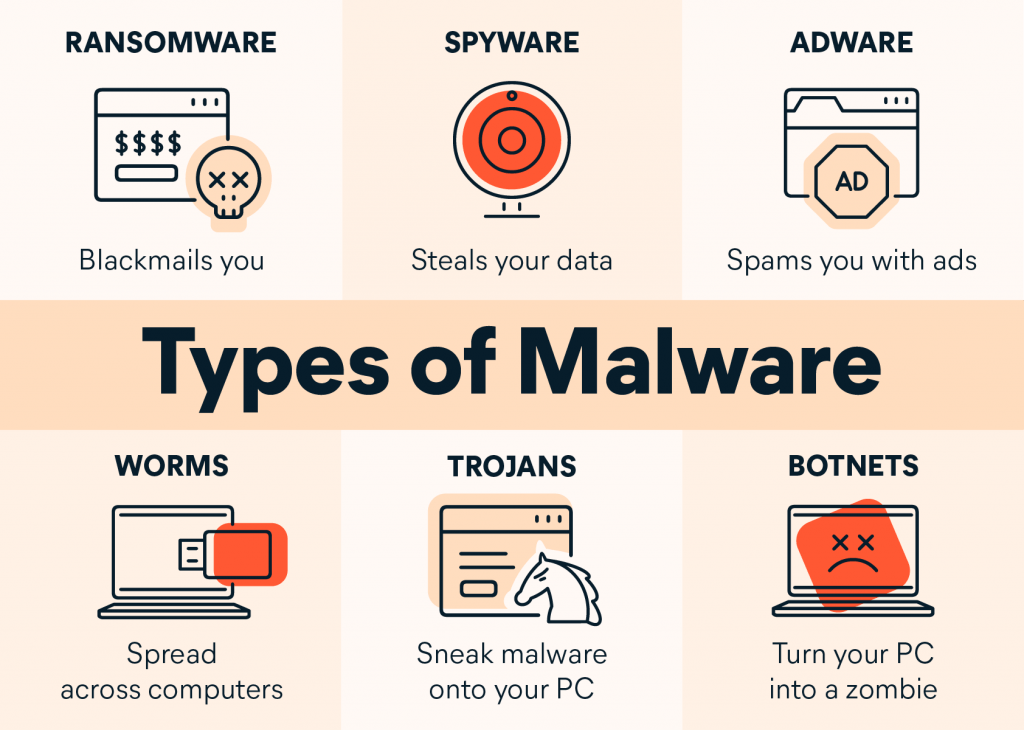As a webmaster, I understand the importance of keeping your WordPress site safe from malware. Unfortunately, malware infections can happen to anyone, and the consequences can be severe, including damage to your website’s reputation and potential harm to your visitors. In this post, I’ll share my experience with removing malware from WordPress and provide tips on how to prevent it from happening in the first place.
Recently, my WordPress site was infected with malware, which created a subdomain that Google flagged as harmful. My web hosting provider contacted me, accusing me of server abuse, but I knew I was a malware victim. To solve the problem, I took swift action by deleting the A record and all associated email accounts. Then, I submitted an appeal to Google through Google Search Console, which helped restore my website’s reputation.

To remove malware from WordPress, you must first identify it and its source. There are many malware scanning tools available, such as Sucuri, that can help detect and remove malware from your WordPress site. Additionally, you should keep your WordPress core, themes, and plugins up-to-date to prevent vulnerabilities that hackers can exploit.
Another effective way to prevent malware infections is to use a WordPress security plugin like Wordfence or iThemes Security. These plugins provide real-time threat detection, malware scanning, and firewall protection, which can help prevent malware infections before they occur.
In conclusion, removing malware from WordPress is essential to maintaining a secure website and protecting visitors. By staying vigilant, using security plugins, and keeping your WordPress site up-to-date, you can prevent malware infections and keep your site safe. Remember to act quickly if you suspect your site has been infected with malware, and always report any incidents to Google to protect your website’s reputation.
0 Comments